Technical Blueprint
This document provides a high-level technical blueprint for the major features outlined in the project Roadmap. It is intended to guide architectural decisions and spark technical discussions for future development.
1. Blueprint for Standardized Tool & Function Calling
Section titled “1. Blueprint for Standardized Tool & Function Calling”Associated Roadmap Phase: 2 Goal: Enable agents to reliably use external tools.
1.1. Architectural Changes
Section titled “1.1. Architectural Changes”-
Extend A2A Types (
rabbithole/a2a/types.py):- Introduce new Pydantic models for
Tool,ToolCall, andToolResult. These will be based on established conventions (like OpenAI’s function calling schema) to ensure interoperability. - The
Taskmodel will be updated to include an optionaltools: List[Tool]field, allowing a client to specify which tools the agent is allowed to use. - The
TaskUpdatemodel will include atool_calls: List[ToolCall]field for the agent to request tool execution.
- Introduce new Pydantic models for
-
Update the Agent Interface:
- The base
Agentclass will need a new abstract method,execute_tool(call: ToolCall) -> ToolResult. - The framework’s
TaskManagerwill be modified to orchestrate a tool-use loop:- If the agent’s response contains a
ToolCall, theTaskManagerwill pause the LLM interaction. - It will invoke the
execute_toolmethod on the agent. - The returned
ToolResultwill be sent back to the LLM to inform its final response.
- If the agent’s response contains a
- The base
-
Create a
toolsModule (rabbithole/tools/):- A new directory will house pre-built, reusable tools (e.g.,
web_search.py,database_reader.py). This will allow users to easily import and attach common functionalities to their agents.
- A new directory will house pre-built, reusable tools (e.g.,
1.2. Example Workflow Diagram
Section titled “1.2. Example Workflow Diagram”sequenceDiagram participant C as Client participant TM as Task Manager participant A as Agent Logic participant L as LLM participant T as Tool
C->>TM: Start Task (prompt, tools) TM->>A: Process Task A->>L: Generate response(prompt, tools) L-->>A: Request ToolCall (e.g., search('AI agents')) A-->>TM: Return TaskUpdate (tool_calls=[...]) TM->>T: execute_tool(search('AI agents')) T-->>TM: Return ToolResult (content='...') TM->>A: Continue Task (with ToolResult) A->>L: Generate response(prompt, tool_result) L-->>A: Final Answer A-->>TM: Return TaskUpdate (is_complete=True, final_answer) TM-->>C: Send Final Response2. Blueprint for Multi-Agent Orchestration
Section titled “2. Blueprint for Multi-Agent Orchestration”Associated Roadmap Phase: 3 Goal: Enable complex workflows involving multiple, specialized agents.
2.1. Architectural Additions
Section titled “2.1. Architectural Additions”-
New Component: The Conductor (
rabbithole/conductor/):- A new, top-level package will be created. The
Conductorwill be responsible for managing a stateful workflow graph. - It will expose an API similar to the current A2A server but for managing higher-level “jobs” instead of single-agent “tasks.”
- A new, top-level package will be created. The
-
Define Workflow Graphs:
- A workflow will be defined as a directed graph where each node is an “Agent” and edges define the path of data.
- We will create a simple Python API to define these graphs, e.g.,
graph.add_node("research_agent"),graph.add_edge("research_agent", "writer_agent").
-
The Supervisor Pattern:
- A special type of agent, the
Supervisor, will be implemented. Its role is to decide which agent (or tool) to route a request to next based on the current state. This allows for dynamic, intelligent routing within a workflow.
- A special type of agent, the
2.2. High-Level Diagram
Section titled “2.2. High-Level Diagram”graph TD subgraph User U[👤 User] end
subgraph RabbitHole Conductor S[💡 Supervisor Agent] A1[🤖 Research Agent] A2[✍️ Writer Agent] T1[🛠️ Web Search Tool]
S -->|1. Route to| A1 A1 -->|2. Use Tool| T1 T1 -->|3. Return Data| A1 A1 -->|4. Send research| S S -->|5. Route to| A2 A2 -->|6. Send final draft| S end
U -- "Write a report on AI" --> S S -- "Final Report" --> UThis blueprint establishes a clear technical direction for achieving the project’s ambitious goals.
